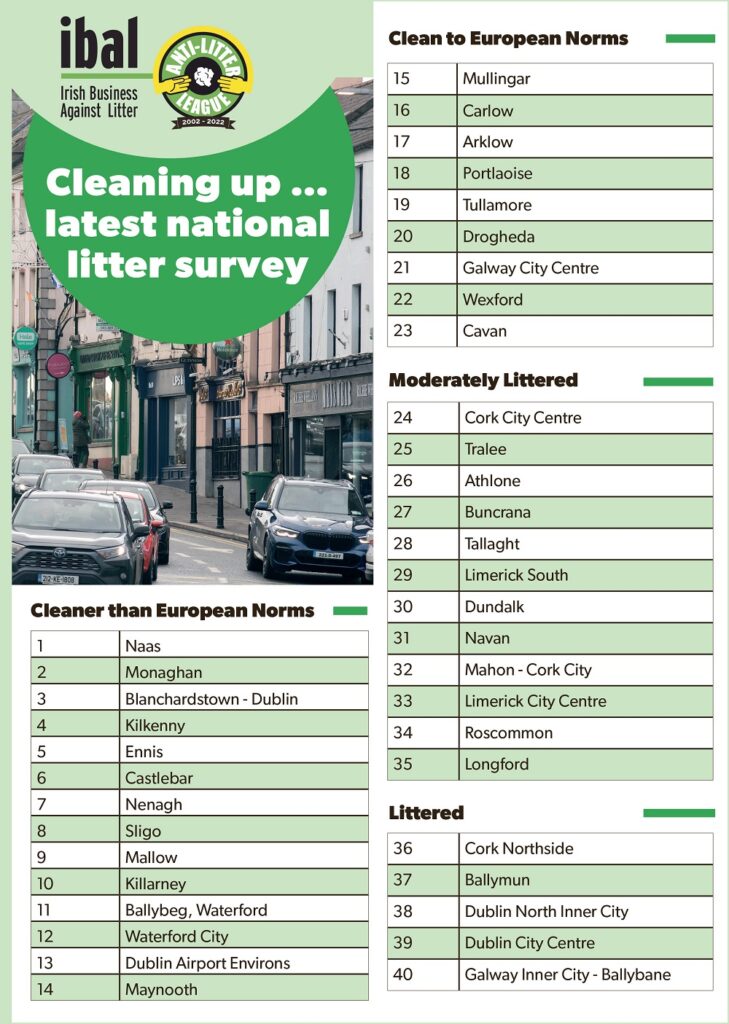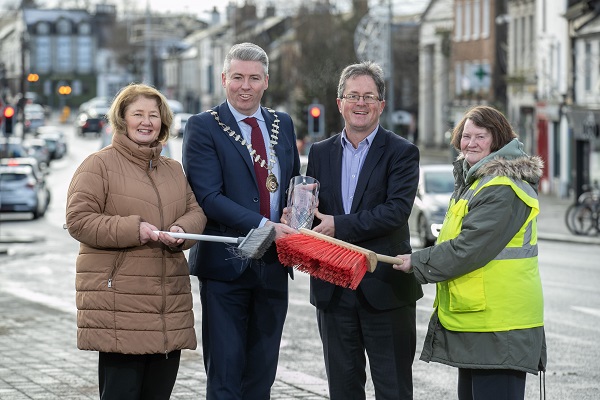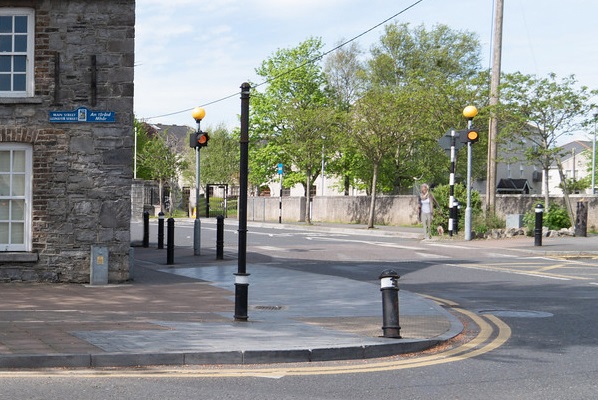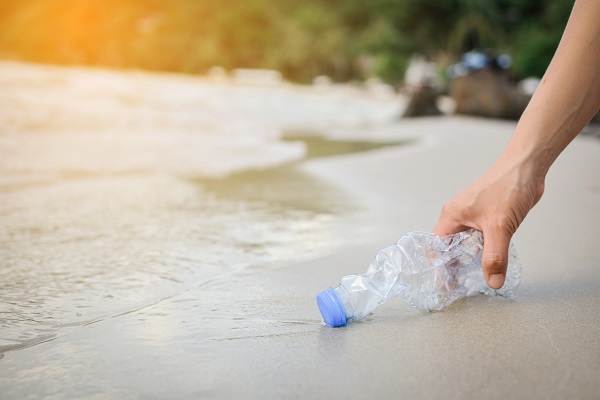
Deposit Return Scheme contributing to lower litter levels nationwide
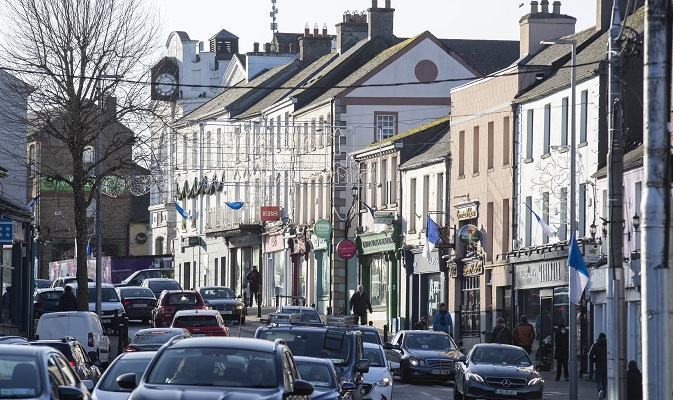
Cities improve, but further deterioration in ‘littered’ Dublin City Centre
The first national litter survey by business group Irish Business Against Litter (IBAL) since the introduction of the Government’s Deposit Return Scheme reveals a fall in cans and plastic bottles on our streets contributing to an overall improvement in litter levels. There was a rise in the number of sites deemed clean across the country, with a significant fall in those judged to be ‘heavily littered’. Naas was top of the rankings of 40 towns and cities, but Dublin City Centre failed to improve and is still ‘littered’.
The study, conducted by An Taisce on behalf of IBAL, showed a healthy rise in towns reaching the upper tier of cleanliness – ‘Cleaner than European Norms’ – and a fall of 35% in the number of towns branded ‘littered’. Naas regained the top position it lost last year to neighbouring Maynooth, ahead of Monaghan and new entrant Blanchardstown. Ballybane in Galway slipped to bottom of the rankings, followed by DubIin City Centre, North Inner City and Ballymun, which failed to maintain its improvement of last year.
“Our study paints a much better picture than a few years ago, with levels of cleanliness definitely rising,” says IBAL’s Conor Horgan. “Once again, no town was judged to be either a ‘litter blackspot’ or ‘heavily littered’ – that’s real progress, progress that has been hard earned in our cities.”
City areas fared well compared to last year, with notable improvements in Limerick City, Mahon in Cork, Tallaght and North Dublin Inner City. Limerick South (Galvone) recorded its best ever result. Dublin City Centre, however, was among the most littered areas surveyed, and showed a fall in cleanliness on last year. This was the 4th survey in succession where it has deteriorated.
Dublin: “Littered streets threaten our long-term tourism prospects”
“Unfortunately, Dublin City Centre is again something of a blot on the landscape,” says Horgan. “As the peak tourist season beckons, we cannot call Ireland clean if our Capital is littered. While most areas are going in a positive direction, things are in reverse in Dublin. Littered streets simply do not square with the high prices our visitors face in the Capital,and threaten our long-term tourism prospects.”
Among the blackspots encountered by An Taisce inspectors were a basement in Lamb Alley in Dublin which featured “vast quantities of alcohol cans, broken windows, and all manner of food litter”, Balbutcher Lane in Ballymun where dumped items included street cones, car parts, and carpets and Fairfield Meadows on Cork’s Northside, which was “subject to monumental levels of dumping.”
Fewer cans, plastic bottles
There was a near-30% fall in the prevalence of can-related litter since the previous survey. While plastic bottles were also less common than in any past survey, they remain the third most prevalent form of litter on our streets.
“It’s early days and we’re still seeing too many plastic bottles on our streets, but we can expect further improvement as people become accustomed to the Deposit Return Scheme and the legacy non-returnable items are flushed out of the system. Ultimately, we should see can and plastic bottle litter disappear entirely.
“These initial results indicate that if there’s a monetary incentive to do the right thing, people will respond. The same logic applies to a coffee cup levy. Tackling specific litter types with tailored measures is the most effective way of ridding our streets of litter. We concede that it’s an inconvenience for people but that’s a price we must pay.”
Coffee cups, while down, were present in 1 of every 5 sites surveyed. Unlike in some countries, the Return Scheme does not include beer bottles, which were found in 10% of sites. “Is there a good reason why we cannot go further and make these bottles returnable also?” asks Horgan.
“It is disappointing that we see no progress in the development of degradable chewing gum. Across a swathe of industries, companies are adapting their products and packaging in the interests of the environment, but there seems to be no impetus for gum manufacturers to take such a step. As a result their products lie on our streets for decades and decades.”
Cigarette butt litter remains stubbornly high, present in 31% of the 500+ sites surveyed.
